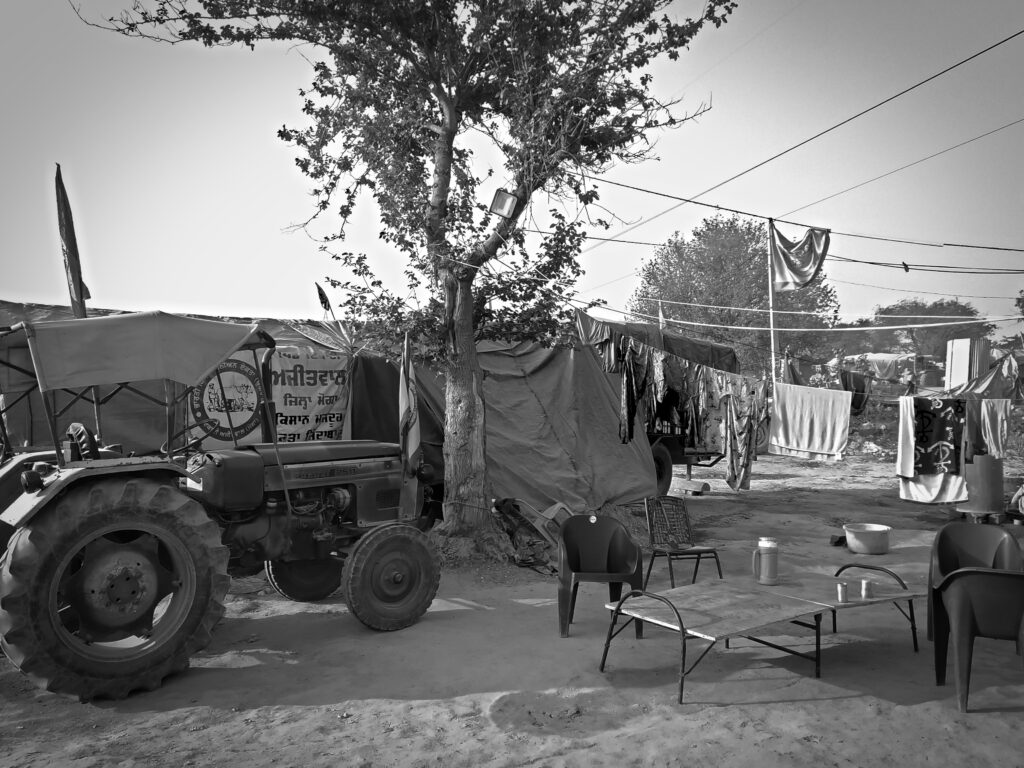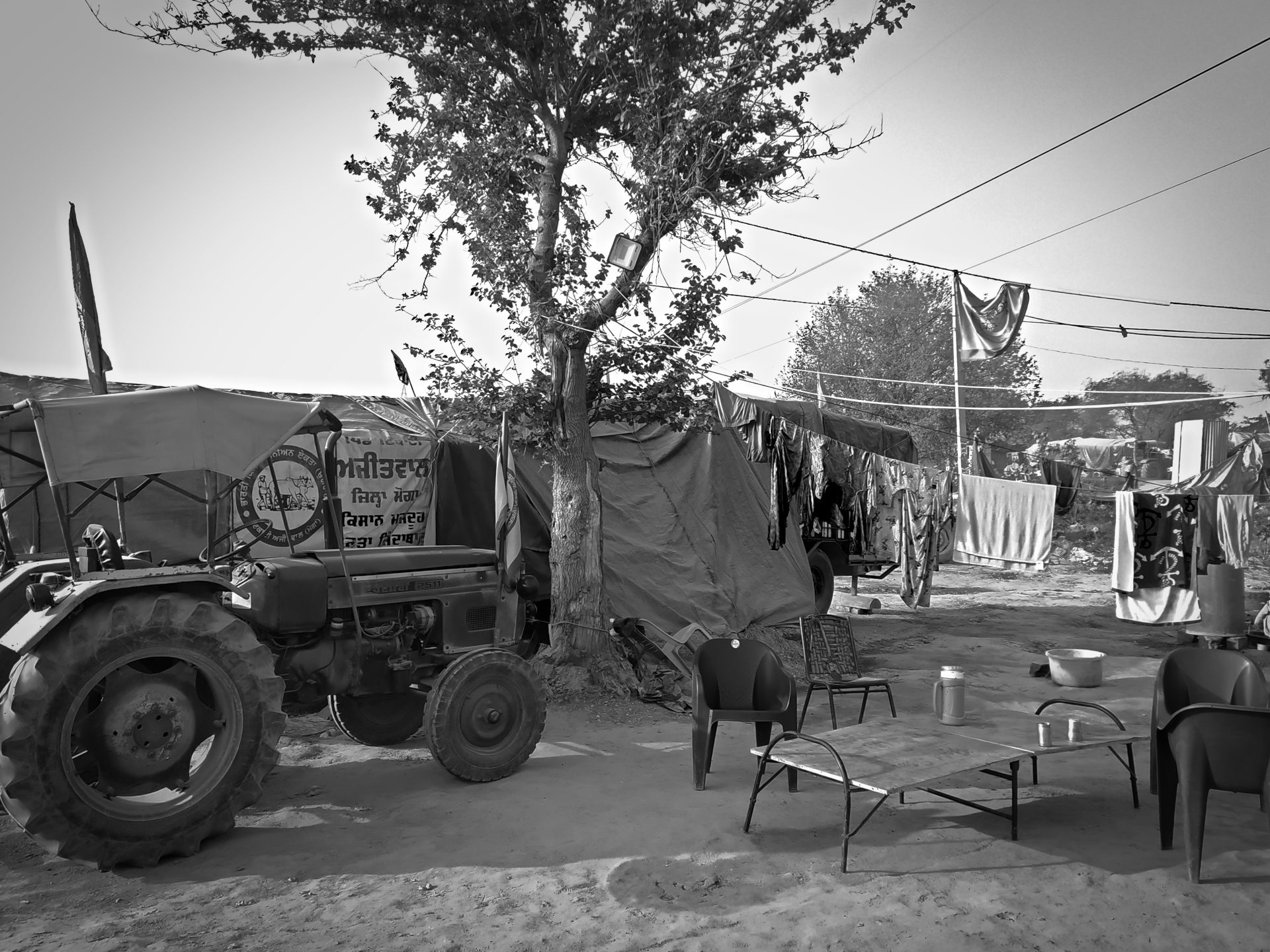
The origin to the anti-farm law protests can be located in the larger crisis of agriculture in India, primarily discussed through number of farmer suicides and scale of indebtedness in the recent decades. The crisis faced by the Indian farming community has brewed over many decades reflected in falling incomes, increased indebtedness mainly from moneylenders and other informal sources on high interest rates. These developments are closely linked with the implementation of policies of economic liberalization and globalization of the early 1990s. This policy shift ensured that Indian agriculture became part of international agri-trade resulting in withdrawal of the state protection mechanisms and institutional support for the farmers. Farmers, especially the small and marginal, across the country have been facing the onslaught of these changes.
The reforms which have been aggressively pushed by various regimes saw sustained struggles and opposition by the farmers in the country. These struggles have brought farmer unions together and helped in forging issue-based unity. A significant development in building unity among the farmer organisations was the formation of the All India Kisan Sangharsh Coordination Committee (AIKSCC) in the aftermath of Mandsaur (Madhya Pradesh) police firing on farmers in 2017 which killed six farmers. This platform consisted of approximately 250, big and small, farm unions and organisations. Over the past few years, independent and united struggles have been launched by the farmer organisations and organisations of the rural poor across the country. Intensive grassroots struggles and campaigns in the form of kisan jathas (farmer marches), mahapadavs (temporary protest camps), gheraos (seizing) of government offices, gramin bandh (rural strike), and padyatras (marching on foot) on issues of land, water, minimum support price (MSP), debt-waiver, housing, MGNREGA, and forest rights brought the rural distress to the forefront. The nationwide struggle of 2015 against the Land Acquisition Amendment Ordinance led by the Bhoomi Adhikar Andolan (BAA), which resulted in withdrawal of the ordinance, kisan struggle of Rajasthan in 2017-18 for loan waiver and MSP; the popular kisan long march to Mumbai are a few examples where the peasantry and rural masses have come out victorious and paved the way for coming struggles. The anti-farm law agitation had these sustained protests and mobilisations in its background.

